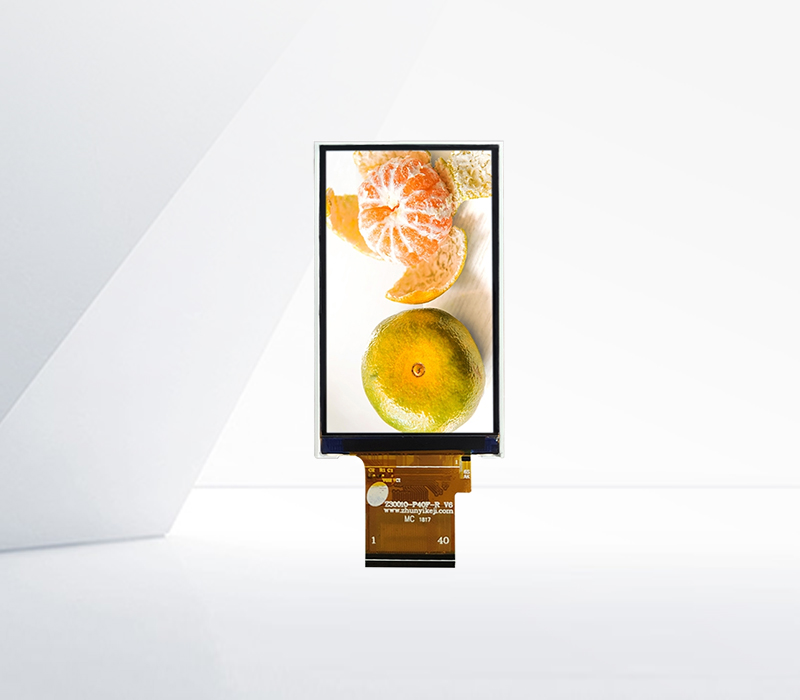




Usage of Touch - screens in Library Self - checkout Systems
Touch - screens have become an integral part of library self - checkout systems, revolutionizing the borrowing process. When a patron approaches a library self - checkout touch - screen, they are greeted with a simple and intuitive interface.
The first step usually involves scanning the library card. The touch - screen prompts the patron to place their card on the card reader, which is clearly indicated on the screen. After the card is scanned successfully, the system displays the patron's account information, including any outstanding fines or overdue items.
To borrow a book, the patron simply needs to scan the barcode of the book using the built - in scanner on the self - checkout unit. The touch - screen provides real - time feedback, showing the title and author of the book as it is scanned. If there are any issues, such as a damaged barcode, the touch - screen will display an error message and guide the patron on how to proceed, perhaps by manually entering the ISBN number.
The touch - screen also allows the patron to review the borrowing details before finalizing the transaction. It shows the due date for each item, and in some cases, may even provide additional information such as recommended related books or upcoming library events. Once the patron is satisfied, they can simply tap the "Confirm" button on the touch - screen to complete the borrowing process.
In addition to borrowing, some library self - checkout touch - screens also support returns. The patron can scan the returned items, and the touch - screen will confirm the successful return and update the system accordingly. The use of touch - screens in library self - checkout systems has significantly reduced waiting times for patrons, as they can complete the borrowing or returning process at their own pace. It has also improved the efficiency of library staff, who can now focus on other important tasks rather than spending excessive time at the checkout counter.
